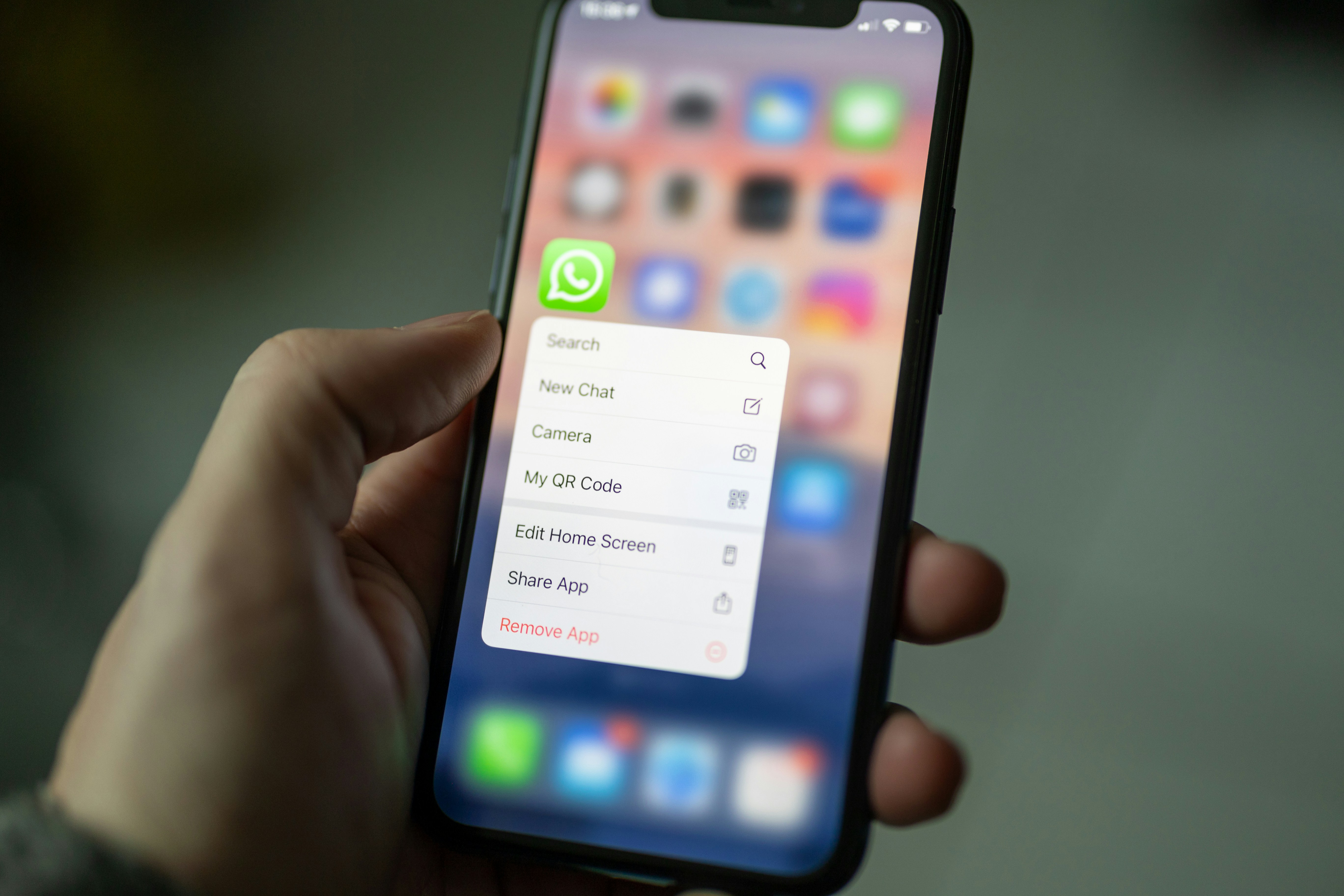The Flow State in Remote Teams
The Flow State in Remote Teams
How Intuitive Digital Engagement Drives Productivity
How Intuitive Digital Engagement Drives Productivity



In the age of remote work, finding that perfect rhythm of seamless productivity can often seem elusive. Yet, there's a principle that bridges the gap between intuition and efficiency: the flow state. This blog delves into how intuitive digital engagement can propel remote teams to new heights of performance.
What is the Flow State?
The flow state, a term coined by Mihaly Csikszentmihalyi, describes a mental state where individuals are wholly absorbed in their activities, producing their best work. In a team setting, this translates to group flow, where members operate in perfect harmony, akin to a well-oiled basketball team.
Digital Engagement: The Pulse of Productivity
For remote teams, digital engagement is the lifeline of collaboration. Tools like WhatsApp and Slack are not just communication platforms; they are the conduits for creativity and productivity. High engagement on these platforms is often a precursor to increased task completion and overall team efficiency.
Intuitive Productivity: The Silent Gauge
Intuitive productivity is the art of sensing and responding to team dynamics without needing extensive metrics. It's about understanding the natural rhythm of communication and its impact on productivity. Here’s how it works:
Active Participation: Frequent interaction on communication tools often correlates with a higher rate of task completion. This active engagement is a key indicator of a productive flow state.
Meaningful Interactions: It's not just about quantity but quality. Meaningful, task-oriented conversations are essential for maintaining momentum and driving projects to completion.
Real-Time Problem Solving: Immediate responses and real-time problem-solving, especially via WhatsApp, prevent bottlenecks and keep the workflow smooth.
WhatsApp vs. Slack: A Tale of Two Tools
Each tool has its strengths and caters to different communication needs:
WhatsApp: Ideal for quick, mobile-friendly communication, WhatsApp excels in speed and simplicity. It's perfect for rapid updates and real-time interactions, making it a favorite for on-the-go teams.
Slack: Although Slack offers a plethora of features and integrations, it can feel overwhelming. Yet, for larger teams or those requiring robust collaboration tools, Slack's capabilities are unmatched.
Bridging Communication & Task Management
Integrating communication tools with task management platforms like Linear can significantly boost productivity. Bots and integrations that connect WhatsApp and Slack with Linear ensure seamless updates and task tracking, preventing anything from slipping through the cracks.
Achieving Group Flow in Remote Teams
To foster a flow state within your team:
Set Clear Goals: Ensure everyone understands their objectives and how their work contributes to the team’s success.
Provide Immediate Feedback: Utilize communication tools to offer real-time feedback and support.
Balance Challenges and Skills: Assign tasks that match team members’ abilities to keep them engaged and motivated.
Encourage Open Communication: Cultivate an environment where team members feel comfortable sharing ideas and updates.
Examples from My Experience
In my journey with Faiā, I've seen firsthand how intuitive digital engagement can drive productivity. For instance, while working with IRESS in 2016, transitioning the team to modern tools like Slack, Zoom, Jira, and Confluence led to a significant cultural overhaul. The CEO's support was crucial, recognizing the need for transformation. We witnessed how high engagement on Slack facilitated real-time problem-solving and efficient collaboration, driving the company's productivity to new heights.
On the other hand, with some of our clients, we've noticed a preference for WhatsApp over Slack due to its speed and simplicity. WhatsApp's mobile-friendly design allows for quick, on-the-go communication, keeping the team connected and productive even outside traditional working hours.
Conclusion
Understanding and leveraging the flow state through intuitive productivity and high digital engagement can elevate remote teams to new levels of performance. Embrace the tools and strategies that best suit your team, and watch as your productivity reaches new heights.
In the age of remote work, finding that perfect rhythm of seamless productivity can often seem elusive. Yet, there's a principle that bridges the gap between intuition and efficiency: the flow state. This blog delves into how intuitive digital engagement can propel remote teams to new heights of performance.
What is the Flow State?
The flow state, a term coined by Mihaly Csikszentmihalyi, describes a mental state where individuals are wholly absorbed in their activities, producing their best work. In a team setting, this translates to group flow, where members operate in perfect harmony, akin to a well-oiled basketball team.
Digital Engagement: The Pulse of Productivity
For remote teams, digital engagement is the lifeline of collaboration. Tools like WhatsApp and Slack are not just communication platforms; they are the conduits for creativity and productivity. High engagement on these platforms is often a precursor to increased task completion and overall team efficiency.
Intuitive Productivity: The Silent Gauge
Intuitive productivity is the art of sensing and responding to team dynamics without needing extensive metrics. It's about understanding the natural rhythm of communication and its impact on productivity. Here’s how it works:
Active Participation: Frequent interaction on communication tools often correlates with a higher rate of task completion. This active engagement is a key indicator of a productive flow state.
Meaningful Interactions: It's not just about quantity but quality. Meaningful, task-oriented conversations are essential for maintaining momentum and driving projects to completion.
Real-Time Problem Solving: Immediate responses and real-time problem-solving, especially via WhatsApp, prevent bottlenecks and keep the workflow smooth.
WhatsApp vs. Slack: A Tale of Two Tools
Each tool has its strengths and caters to different communication needs:
WhatsApp: Ideal for quick, mobile-friendly communication, WhatsApp excels in speed and simplicity. It's perfect for rapid updates and real-time interactions, making it a favorite for on-the-go teams.
Slack: Although Slack offers a plethora of features and integrations, it can feel overwhelming. Yet, for larger teams or those requiring robust collaboration tools, Slack's capabilities are unmatched.
Bridging Communication & Task Management
Integrating communication tools with task management platforms like Linear can significantly boost productivity. Bots and integrations that connect WhatsApp and Slack with Linear ensure seamless updates and task tracking, preventing anything from slipping through the cracks.
Achieving Group Flow in Remote Teams
To foster a flow state within your team:
Set Clear Goals: Ensure everyone understands their objectives and how their work contributes to the team’s success.
Provide Immediate Feedback: Utilize communication tools to offer real-time feedback and support.
Balance Challenges and Skills: Assign tasks that match team members’ abilities to keep them engaged and motivated.
Encourage Open Communication: Cultivate an environment where team members feel comfortable sharing ideas and updates.
Examples from My Experience
In my journey with Faiā, I've seen firsthand how intuitive digital engagement can drive productivity. For instance, while working with IRESS in 2016, transitioning the team to modern tools like Slack, Zoom, Jira, and Confluence led to a significant cultural overhaul. The CEO's support was crucial, recognizing the need for transformation. We witnessed how high engagement on Slack facilitated real-time problem-solving and efficient collaboration, driving the company's productivity to new heights.
On the other hand, with some of our clients, we've noticed a preference for WhatsApp over Slack due to its speed and simplicity. WhatsApp's mobile-friendly design allows for quick, on-the-go communication, keeping the team connected and productive even outside traditional working hours.
Conclusion
Understanding and leveraging the flow state through intuitive productivity and high digital engagement can elevate remote teams to new levels of performance. Embrace the tools and strategies that best suit your team, and watch as your productivity reaches new heights.
Related Blogs


Faiā's Secret to Bridging Culture & Technology
Discover Faiā's secret to blending culture and technology, driving innovation and alignment in today’s fast-paced, digital-driven workplaces.


Why Faiā Embraces Fractional Leadership to Drive Transformation
Fractional executives are seasoned professionals who engage with companies part-time, offering their specialized expertise where it’s most needed.


Bridging the Gap for Ex-Corporate Tech Founders
The divide between corporate culture and the modern startup environment is significant. We explore how to bridge that gap.